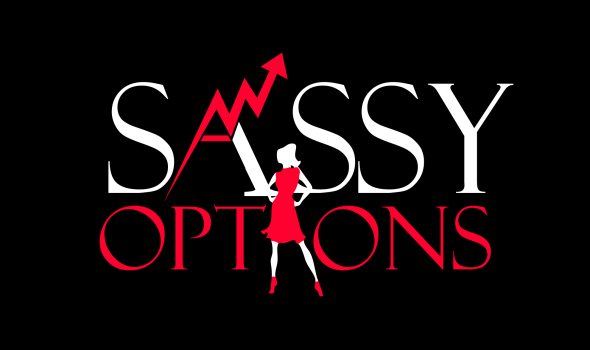How Options May Have Contributed to Thursday’s Sell-Off
The sell-off that commenced on Thursday (8/15/13) seemed to take people by surprise, including myself. It wasn’t necessarily that we had a down day that was surprising, but that we so easily broke SPX 1675 support to end the day at 1661 or 166.38 on SPY. Furthermore, any attempt at a bounce during the session was firmly rejected. Todd Salamone (@toddsalamone), Senior Vice President of Research at Schaeffer’s Investment tweeted out something that caught my attention:
If you follow me, you know I tweet out open interest daily on SPY and several stocks. Often, the price will be held up by a large open interest of puts, but in this case it went right through the puts. Let me show you what I mean. Here is what open interest on SPY looked like on Thursday morning.
If you notice, the 167 puts have the highest open interest, but 168 and 169 are not too far behind, both with over 150,000 open. In the beginning of the week I had a hunch that the 167 would end up as a magnet as you can see by what I posted on Sunday regarding SPY:
Or was last week’s price action driven in part by a delta-hedging decline related to the huge build-up of put open interest on major equity indexes and exchange-traded funds (ETFs)? As popular put strikes were violated one after another during expiration week, sellers of the puts may have been forced to short futures to keep a neutral position, creating a steady but sure stream of selling. The heavy put open interest strikes essentially act like “magnets,” as one strike after another is taken out. Delta-hedging risk certainly grows during expiration week if the market gets off to a weak start, as it did last Monday, and there is heavy put open interest just below current prices.
You can read the entire post here
We closed on Wednesday at 168.74, which was below that high open interest 169 level. Then by gapping down to open at 167.35, SPY acted akin to dominoes as hedgers kept shorting futures to remain delta neutral. One more thing to note. We ended the day Friday at 165.83. Notice on the above graph where the second highest open interest on the put side was. Bingo!
Here is a look at what open interest looked like Friday morning, the day after Thursday’s sell-off.






http://www.portan.co.il/forums/forum.asp?FORUM_ID=51